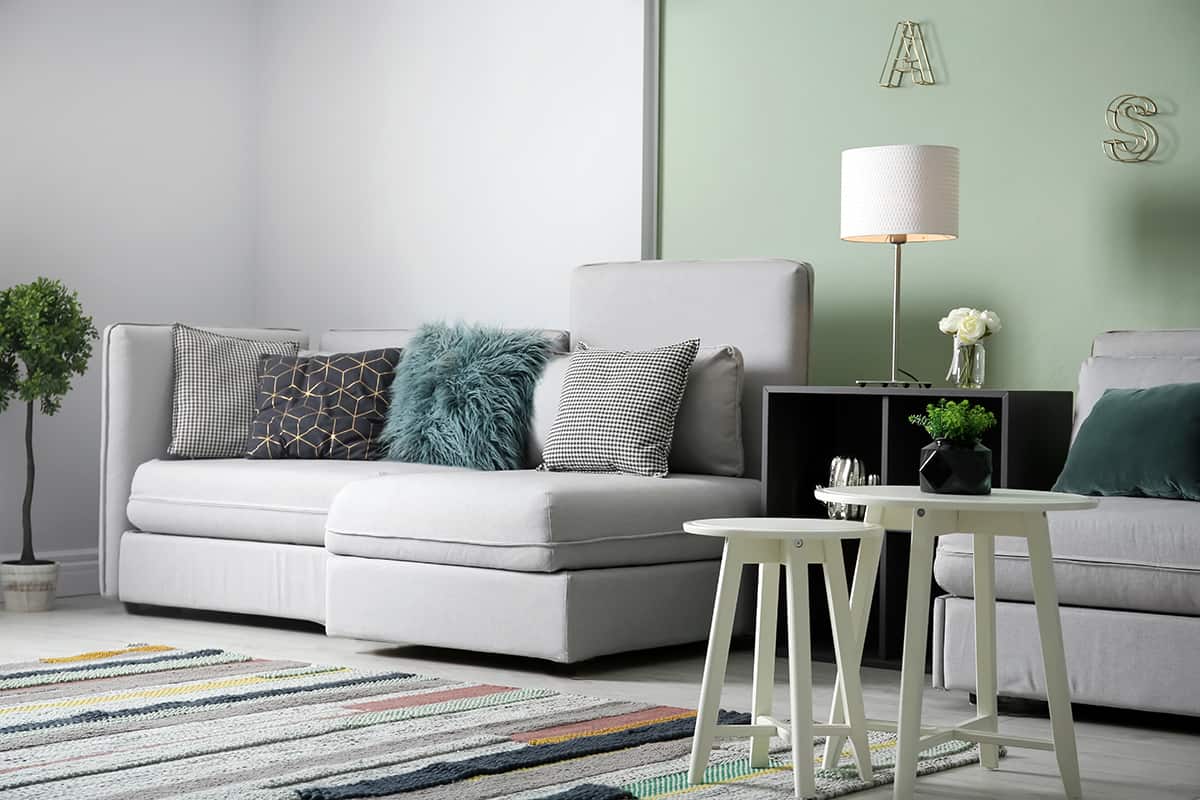Sofas may seem simple, but behind the scenes it takes quality craftsmanship and careful construction to build a couch that will provide lasting comfort and support. From designing the frames to upholstering the cushions, many detailed steps go into making a sofa.

Planning and Design
Before building even begins, sofas take shape conceptually:
- Size and scale dimensions are decided based on function and space needs.
- Styling elements like arm shape, leg design, and profiles are sketched.
- Upholstery materials from leather to fabrics are selected to meet aesthetic, durability, and budget needs.
- Features like reclining mechanisms, storage options, or sleeper beds are incorporated.
- Prototype models are constructed to refine sofa specifications.
Internal Framework
A sofa’s internal framework provides the underlying structure:
- Base frame pieces are cut from kiln-dried hardwood for stability. Joints are precisely machined.
- Frame parts are assembled using mortise and tenon joinery, dowels, glue, screws, and corner blocks for solid connections.
- Metal brackets and braces add reinforcement at stress points.
- Spring coils organized in rows called Marshall Units are often installed for cushion support.
- A webbed foundation of burlap or nylon straps forms a hammock to attach cushions to.

Cushion Cores
Cushions give the sofa comfort and shape:
- Polyurethane foam, available in varied densities, makes an affordable, durable core.
- Memory foam molds precisely to body contours for pressure relief.
- Latex rubber offers consistent springy support and is antimicrobial.
- Down, feathers, or fiberfill give a soft, traditional feel.
- Foam, fiber or springs are combined in multi-layered cores for customized feels.
Upholstery Application
Fabric and leather coverings finish the sofa:
- Fabrics are cut into panels and tacked to the frame underside using sturdy staples.
- Sections are carefully aligned and seams secured so upholstery appears seamless.
- Leather panels are adhered to frames with strong contact cements. Edges are tightly stitched.
- On attached back styles, material is pulled taut across frame tops and stapled underneath.
- For detachable cushions, covers are sewn and fitted over cores, with zipper closures.
Final Touches
Finishing steps to complete the sofa:
- Arms, legs or bases are securely attached using glue and hardware joinery.
- Decorative trim, fringe, or nailheads are applied for embellishment.
- Upholstery is inspected for tightness, then any loose areas are tacked down.
- Protective finishes like stain guards are added to fabric or leather.
- Brand tags, care instructions, and warranty info are attached.
- Final quality control checks are made before packaging for delivery.
Quality sofa Construction
Signs that indicate exemplary sofa construction include:
- Durable hardwood frames, with joints double doweled for stability. Look for kiln-dried maple, oak, or beech wood.
- Eight-way hand-tied springs with metal wiring crossing both directions across the frame.
- Corner blocks, double stitching, and tightly pulled fabric to prevent sagging.
- Dense, thick foam with proper indentation ratings for cushions.
- Reinforced joins for attachments like ottomans or recliner mechanisms.
- Backings made of all natural materials including coir, jute, or burlap instead of synthetics.
- Swatches of fabrics and leathers to personally feel material quality.
Buying from manufacturers with generations of sofa-making expertise helps ensure you receive a couch built to provide lasting quality, beauty and comfort in your home.
